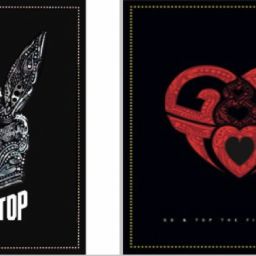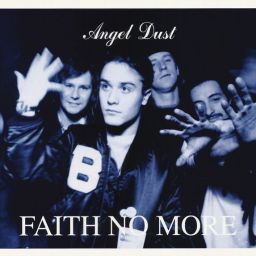
One of the first book reviews I wrote for TLF all the way back in 2008 was about Mark James Russell’s earlier book on Korean pop culture, Pop Goes Korea. I still think of that book in the same way I summarized it then, as a “starting point for the average reader looking for a basic understanding of Korean pop culture.” And to show how far Korean culture has moved from then into mainstream English-speaking popularity, my review of Pop Goes Korea was, according to Russell, the “first online review” of the book, serving as a “exciting” “personal milestone” for him. Alas, my days of being cutting-edge in breaking kpop book reviews seem to be long gone, mostly due to the growing breath of coverage. For example, read this great review of K-pop Now on Beyond Hallyu. Or this review on The Korean.
Unlike Pop Goes Korea, where there was minimal focus on music beyond the “making the band” aspects, K-pop Now is all about the music. The shiny, shiny kpop music. I’m just going to put my overall summary of the book here:
Strongly recommended as an entry point for those seeking a basic knowledge of what is going on in the 2013-14 kpop industry. If you are a parent, grandparent, auntie, or friend of someone who has started watching those videos and listening to those songs you don’t understand in Korean, buy them a copy of this book for their birthday! And then buy yourself a copy too!
Most of the book reminded me of the good old days of Metal Edge with pictures of Mark Slaughter and his cat — for a very specific teen/tween obsessive knowledge type fan. And that is a wonderful glorious fandom stage to be cherished.
But you read TLF reviews for the critique, here it go. The book serves its audience well if it is indeed newcomers to kpop and younger fans. Seeing glossy photos and the birthdays of all of the group members is likely what they are looking for, but attempts to really dive deeper are mentioned, but not fully plunged into. There are mentions of contract disputes and young stars pushed to get plastic surgery, but these threads are dropped. There is discussion of the TVXQ “scandal” in the Kara section, but none in the section for that group. However, in the short segments for each group Russell does take time to discuss how groups such as EXO and the Wonder Girls are marketed differently for different countries.
As someone who likes and appreciates k-pop beyond the well-known groups, I appreciate trying to expand the horizons of newbies to groups that actually play instruments, such as Busker Busker and FT Island. And of course I give all the praise to Russell for including Yoon Mi-Rae (aka Tasha) because she more than anyone else in the book should be recognized for her amazing talents in the American music industry (yes, this is a fangirl moment).
But these inclusions only make the exclusions stand out more — no Epik High. no Tablo. no Drunken Tiger (beyond mention in Yoon Mi-rae’s section). no Dok2. no Phantom. So fine, rap and hiphop isn’t the focus of the book. But no Lee Hyori? (I think her exclusion has been mentioned everywhere!) Or Seven? This proves how young and/or new to kpop the intended audience for this book is.
And finally, to show at least one example of kpop beyond what can be captured in this book, embedded here is the Korean version of the song, MAMA, simultaneously also released in Mandarin, by different halves of the group, EXO. Containing a Gregorian-style chorus, a hard-rocking beat, and the usual dance moves of kpop, this proves there is a lot of weirdness going on even within the box of kpop.
[youtube_sc url=”http://www.youtube.com/watch?v=Fc3__KmrlnU”]







